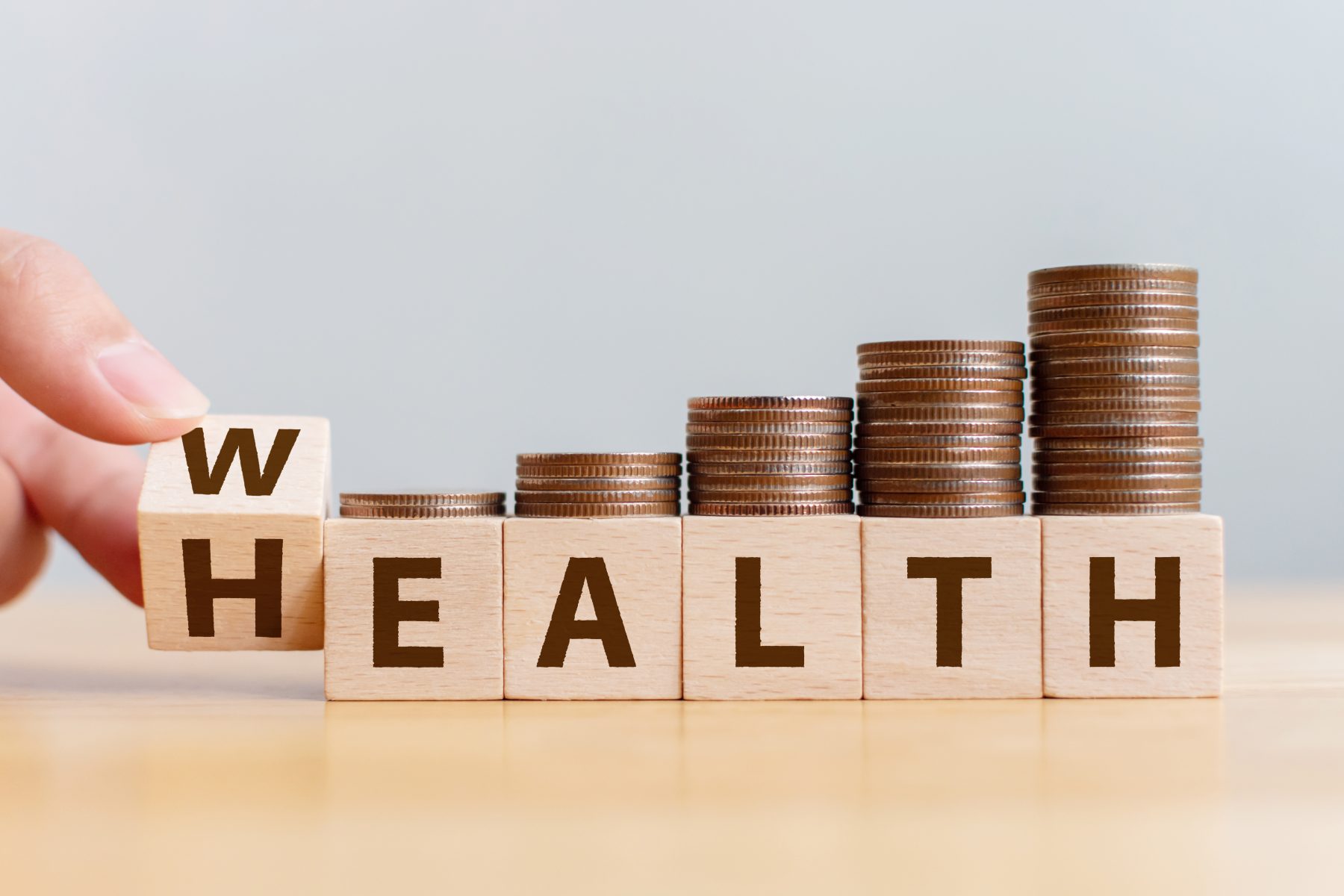Health is the new wealth, so why are most people not investing in their vitality like they would for their financial future?
That is the question Kay Van Norman, host of the October 10 CHWB program ‘Growing Bolder Presents: Creating a Personal Vitality Portfolio,’ asked herself before creating the Vitality Portfolio®, a plan that outlines what you need to do to continue your longevity and vitality.
To celebrate October’s Health and Financial Literacy Month, we sat down with Van Norman, president of Brilliant Aging and an internationally known healthy aging expert, to learn how to start investing in your health and why it’s important to create a health portfolio just as you would create a financial portfolio:
Why is it important for people to create a health portfolio for themselves?
Physical frailty is one of the lead causes of disability in older adults. To me, that’s heartbreaking. It’s so preventative. My mission is to help people truly understand that most people can retain higher levels of function well into their 90s and even 100s. But you must work for it and do something, just like you do it for financial independence. You can’t just expect that when you retire that there’s going to be money there. It’s the same thing as vitality. You must plan and make the deposits.
What advice would you give a person who is struggling with their health or wants to improve it, but is already taking the necessary steps like exercising and drinking plenty of water?

Create a Vitality Plan. Because if you don’t have a plan or a specific metric to measure against, how will you know how you’re doing? People know what they should be doing. They know they should be eating right, drinking water and being physically active. So, how do you make that step forward? The answer is to make a plan [about your health]. Then, think about little baby steps a person can make. If you’re really struggling, try to make a baby step in one area. The deposits do not have to be great, splashy deposits. Maybe you pick up the phone and call someone you have not called in a while. Or maybe you sit up three times during the day or sit down and do ankle stretches. There are a million things you can do that add up. Really, the concept is health does not happen by accident, just like financial security does not happen by accident. You must plan, balance your assets and make regular deposits.
What are some health deposits?
Physical deposits, for example, are: are you spending time each day stretching or accomplishing mobility work? Do you get up and move your body around in each range of motion? Are you doing a brisk walk or doing anything to challenge your strength? Each one of those things you do would be considered a deposit into your functional disability. In the ageless thinking and resilience piece, are you thinking positive? Are you creating or maintaining strong social connections? We have a lot of research on resilience and there are specific building blocks like positive attitude, optimism and strong social connections. In the Vitality Portfolio, these blocks are outlined for people. You will learn whether you are resilient or not. My response to that is you don’t get to live to be 70 or 80 years old without having been resilient in your life.
How often should a person reassess their Vitality Portfolio®?
You want to reevaluate every year. Every once in a while, draw your Wellness Wheel. The idea, overall, is to have as balanced a wheel as possible and the same for functional ability. Are you making the deposits that are going to keep you stronger three years from now, as you are today?
That is why you do need to do an assessment. There are simple functional assessments, like the sit-and-stand assessment. You can do that assessment several times a year to see how you’re doing. Having that plan and checking in regularly, at least once a year, is simple to you know, see how well you’re doing in all the dimensions and how well you’re doing functionally.
Is there an example of a person whose health has improved by the Vitality Portfolio®?
I was at a senior living community speaking about strength and power and how important it is to maintain that and afterwards, this woman came up. She was using a walker and she was crying. I said, ‘are you okay?’ She said, ‘yeah, but I thought last Christmas was the last time I was going to see my grandchildren because I can’t make it up the stairs anymore. Now, I think maybe I can.’
Holy cow. That was so neat. It really helped her understand that if she put time into it, that she didn’t have to accept the fact that she couldn’t make up the six steps to make it into her son’s place to spend Christmas. But, she did. They had strength training in the community. She worked on [her strength] and she was able to do that. It just changed her entire approach and her life. She was so happy to realize that she did not have to accept this functional decline as inevitable, that there was something she could do about it.
Are you ready to make a deposit into your health portfolio?
Join us for Growing Bolder Presents: Creating a Personal Vitality Portfolio on Thursday, October 10 in the Community Conference Center at the Center for Health & Wellbeing. Registration is free, but space is limited. To register, please visit https://yourhealthandw.wpengine.com/event/creating-a-personal-vitality-portfolio/







